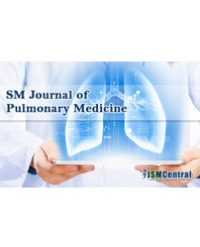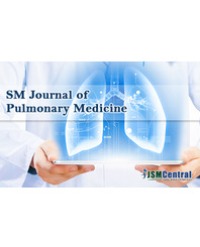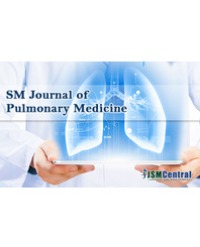
Practical Evaluation of Triple Therapy Efficacy and Biomarkers in 200 Elderly Patients with Real-World Bronchial Asthma and ACO
Background: In clinical trials for bronchial asthma and ACO, triple therapy (a combination of Inhaled Corticosteroids [ICS] + Long-Acting Beta-Agonists [LABA] + Long-Acting Anticholinergics [LAMA]) is the current treatment. It has been reported to be more effective in improving respiratory function and reducing exacerbations than conventional methods. However, there are no reports verifying the effects, side effects, and efficacy in actual clinical settings.
Objective: This study aimed to investigate efficacy and biomarkers in elderly asthma and ACO patients treated with triple therapy.
Methods: This retrospective chart study included 201 patients from a single-center real-life geriatric population with bronchial asthma and Asthma-COPD Overlap (ACO) treated with ICS and LABA.
Results: Triple therapy is more effective than existing therapies in improving Asthma Control Test (ACT) results, Forced Expiratory Volume in one second (FEV1), and rates of asthma and ACO exacerbations. Our study provides evidence supporting the efficacy and safety of triple therapy in real-world geriatric settings, with no side effects that preclude its use. The reason for the good effect is that LAMA acts both as a tracheal stabilizer and a bronchodilator in patients with bronchial asthma, and because pulmonary acetylcholine in asthmatic patients may be elevated. It is possible.
Conclusion: In the real world, triple therapy should be actively used when symptoms such as high biomarker values, low FEV1 values, and a high frequency of exacerbations are observed.
Kenjiro Nagai¹,²* and Sho Nagai²


